Donation to Tortupôle
The Halloween’s Honu special collection raised a total of 410€ which we are delighted to have been able to donate to the Tortupôle located some twenty kilometers from Brignoles.
With over 50 different species of turtle and a population of around 1,600 individuals this village of turtles has several aims:
- To educate and train
- To care
- To save
Educate turtle owners and anyone else who wants to.
Care for turtles found injured in the wild or injured by everyday “domestic” actions.
Rescue animals requisitioned by the police in cases of confiscation abuse or abandonment.
Let’s discover Tortupôle together
Lilou our assistant secretary visited Tortupôle to hand-deliver the donation to the site manager.
She was lucky enough to be offered a guided tour of the entire park and to spend some time in the company of Franck the manager and Alik his assistant. Both passionate about turtles they took time to answer any questions one might have about turtle life and how Tortupôle works.
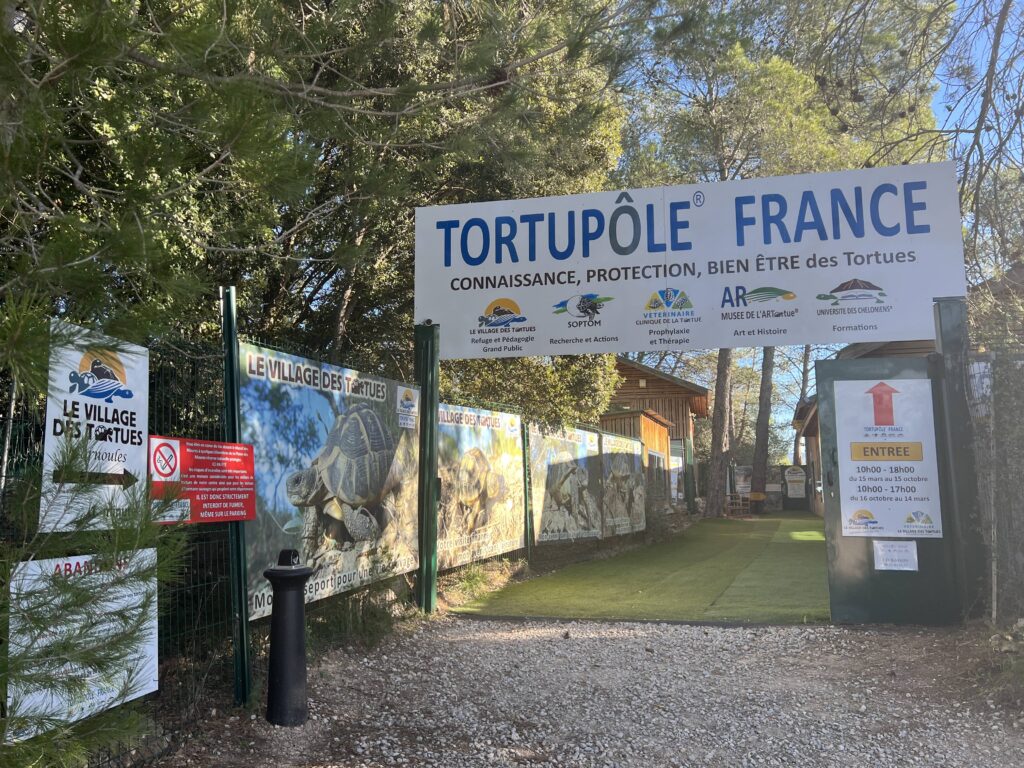
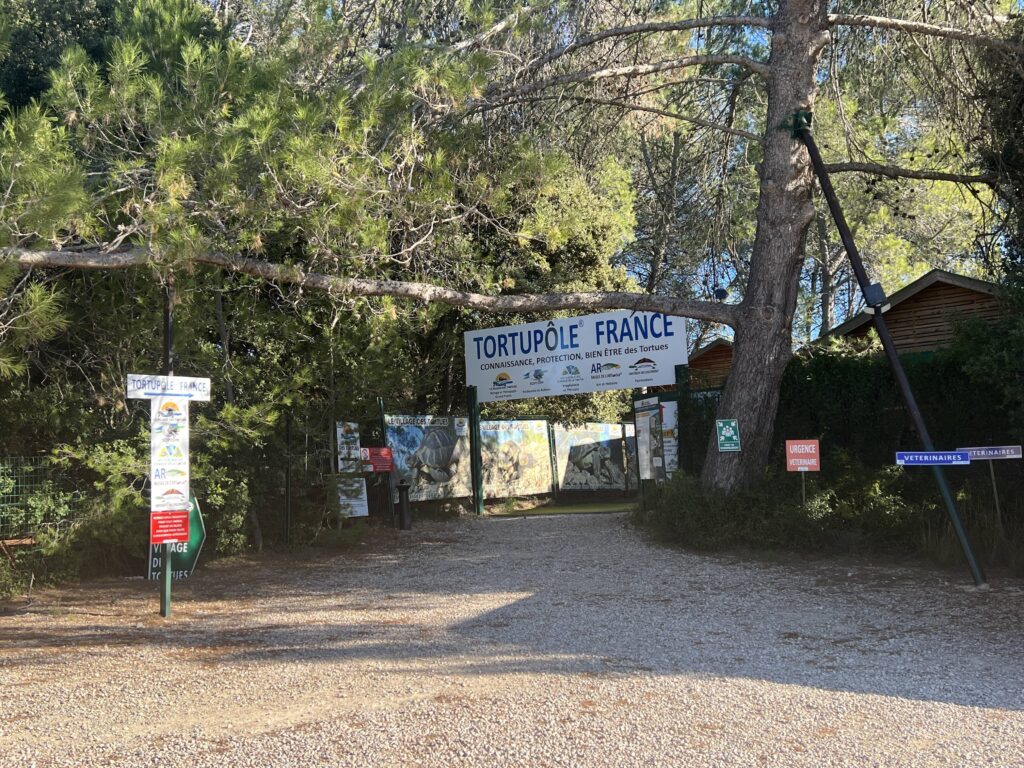
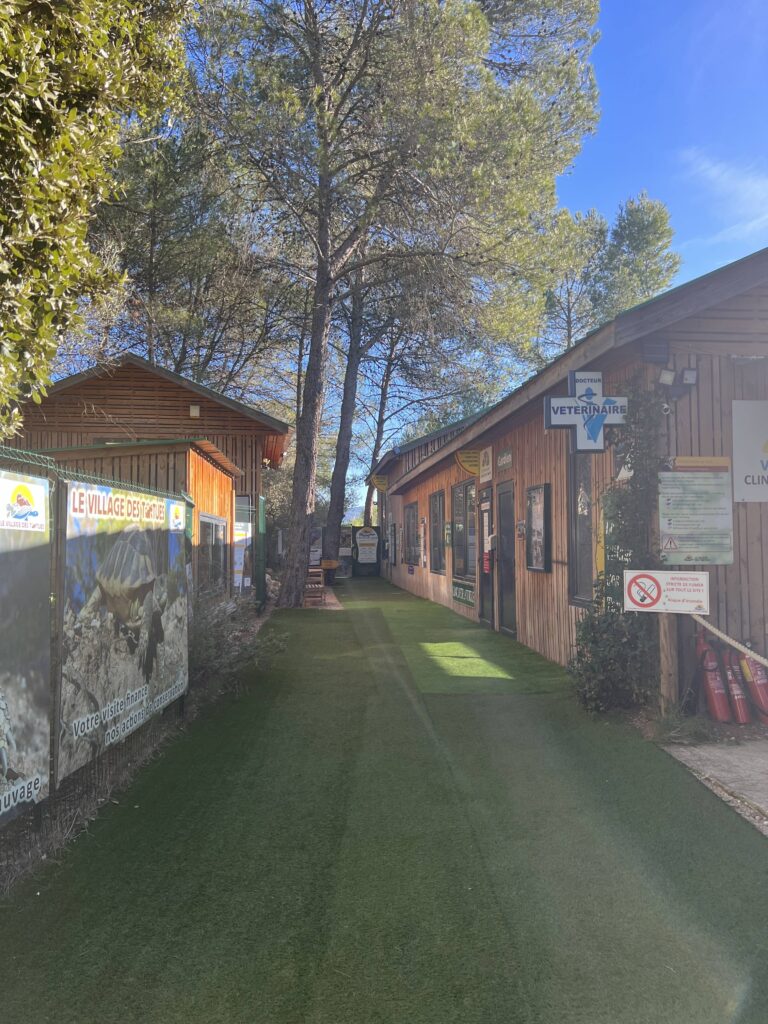
The center is home to a number of hubs all of which are of vital importance. Let us take a tour together!

The turtle clinic
Treating injured or sick turtles is the aim of this clinic. Getting to know them better enabling them to live in the best possible conditions and above all looking after their health that is the goal set by the center’s vets which includes Franck.
All turtles whether found injured in the wild requisitioned or brought in injured or ill by their owners are cared for here by enthusiasts.
Shell repairs amputations care the medical team does it all.
If your turtle is injured either by a dog bite or a lawn mower (unfortunately these are the most common cases) a team of vets will take care of it and do everything in their power to save it.
Once your pet has been rescued it will be returned to you but not without a short (and mandatory) 40 minute training session. Educational and non-judgmental the goal of the training is to help owners take better care of their turtles and learn how to protect and care for them.

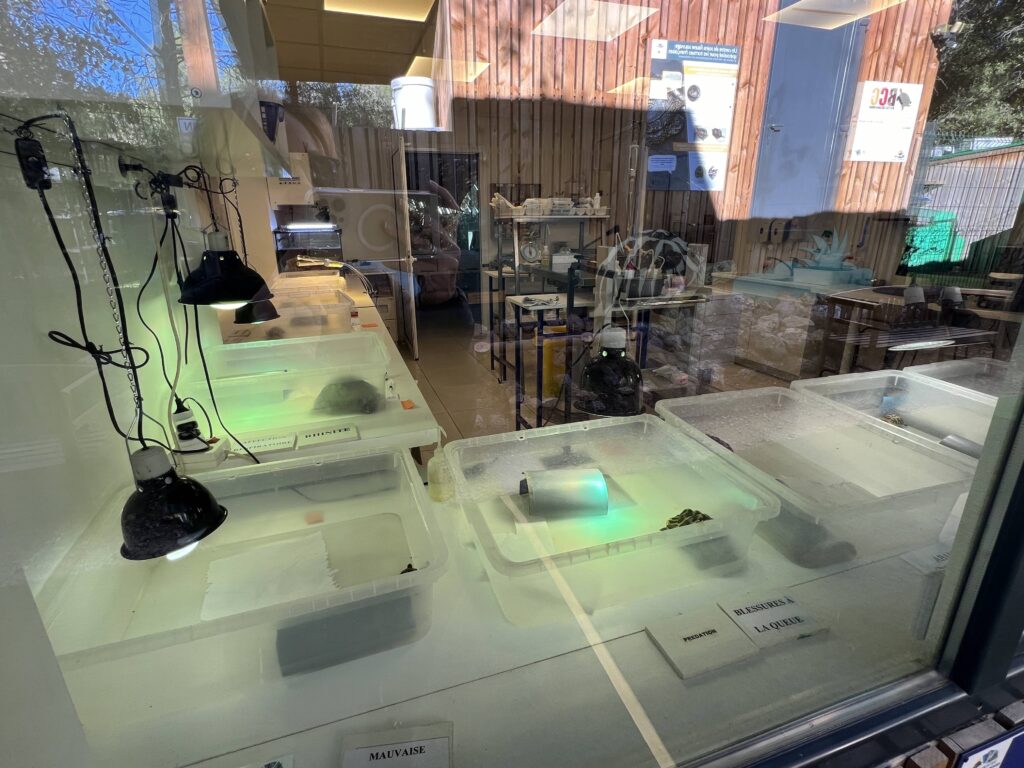
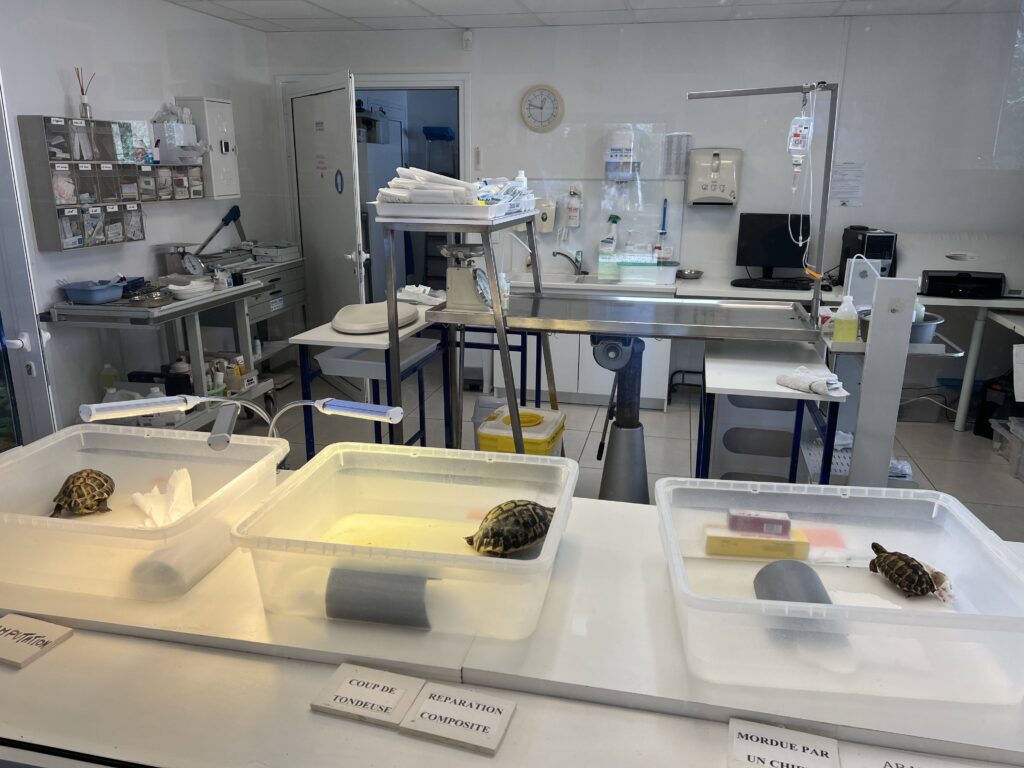
The other main activity of this veterinary team is to care for animals that have been abandoned or found in the wild.
It is important to remember that 100% of these turtles are ill. Sometimes the disease is visible but often it is asymptomatic.
The clinic is divided into two sections. One for sea turtles the other for land turtles.
Sea turtles
Recovering a sea turtle from captivity is always difficult. When they are bred in captivity their environment is generally unsuitable.
Aquarium/pond are too small poor food not enough room to thrive it is a disaster.
When these turtles are bred by private individuals in most cases they do not have enough water depth to thrive. As a result the turtles recovered by the center cannot swim. Which is incredible for turtles living in water…
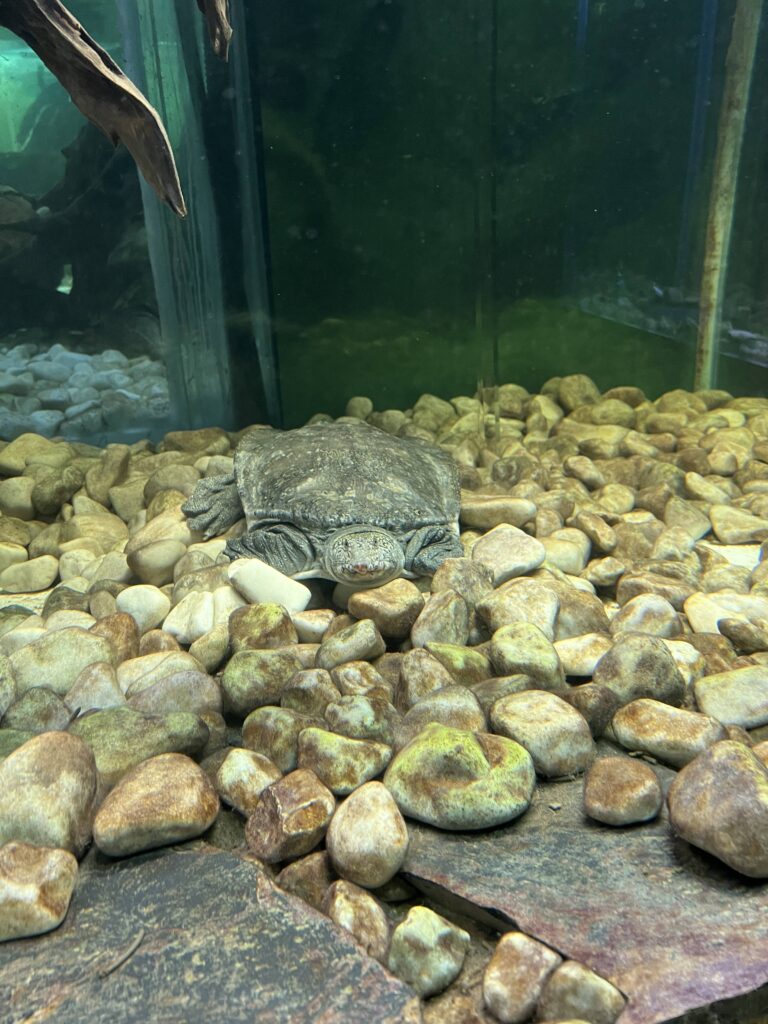



The Tortupôle volunteers will then have to teach them how to swim dive move around in the water and breathe. Some can drown very easily lacking the necessary reflexes to evolve underwater.
It is a long-term job exhausting for the animals but one that is fortunately carried out with great passion and patience to enable them to regain a semblance of a normal life.
Over 300 turtles have been recovered and rehabilitated for survival.
Including an alligator snapping turtle found wandering in the wild during lockdown. This animal over 80 cm long is extremely aggressive and can wreak havoc in our natural environment.
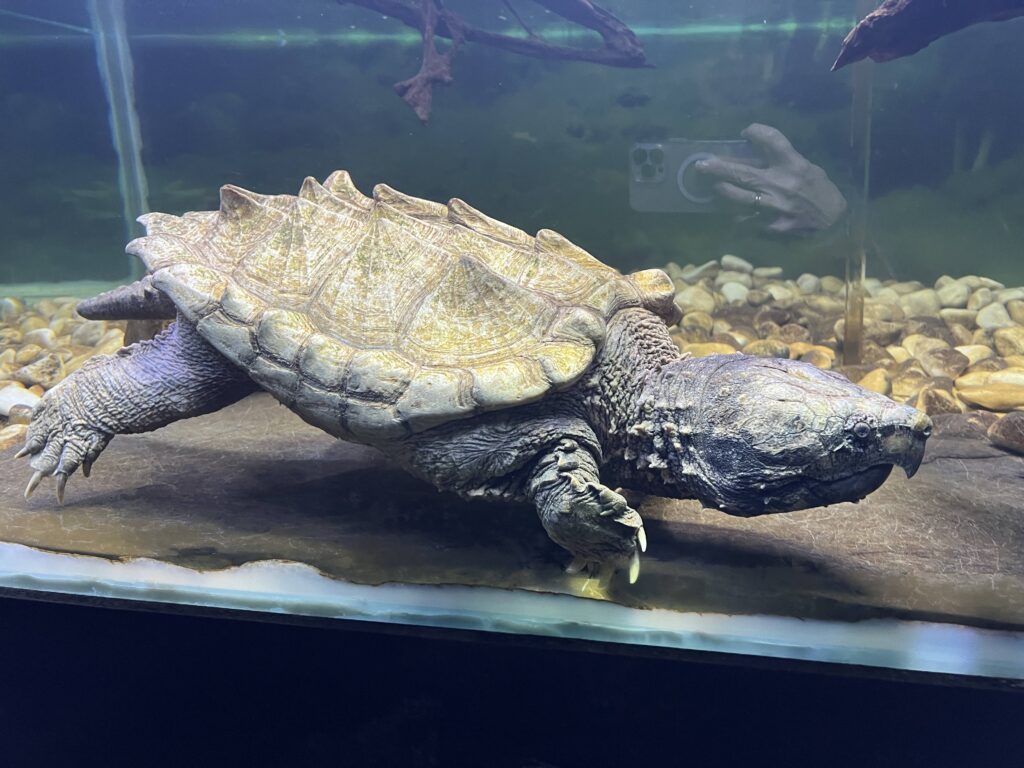

It causes a lot of trouble for its caretakers as it literally destroys the aquarium in which it is kept. Stirring up pebbles branches and even causing leaks in the aquarium which has to be repaired on a regular basis.
They are of course housed in a cramped environment until a solution can be found to enable them to live properly without causing problems for the center’s other populations.
Land turtles
For the land turtle the picture is no brighter.
Malnourished their shells deformed by malnutrition and lack of space the majority of land turtles arriving at Tortupôle are in very poor health.
Salad fruit vegetables … all owners think they are doing the right thing by feeding their turtles fresh food. But will the little shellback eat it all of this in the wild? The answer is no…
Fed mainly on grass its diet is a far cry from what it would eat in captivity. Giving it this food all the time is like feeding it fast food and sweets every day.
The first difficulty for the carers will therefore be to get the animals used to eating grass again which they will not want to do. Once again they will have to be patient and gradually feed the turtles foods that are less and less “bad” for their health.
This feeding part is one of the biggest expenses of Tortupôle as the pellets and fresh food to be given while the turtles are still not eating wild grass might take a very long time. And is very expensive.
The butterfly effect means that a poorly nourished turtle will have problems with growth and therefore with its shell.
The animal’s body will not be able to develop properly and deficiencies will lead to malformations that are often irreversible. And a poorly formed shell means crushed misplaced organs and the turtle will be sick and unhappy for the rest of its life.
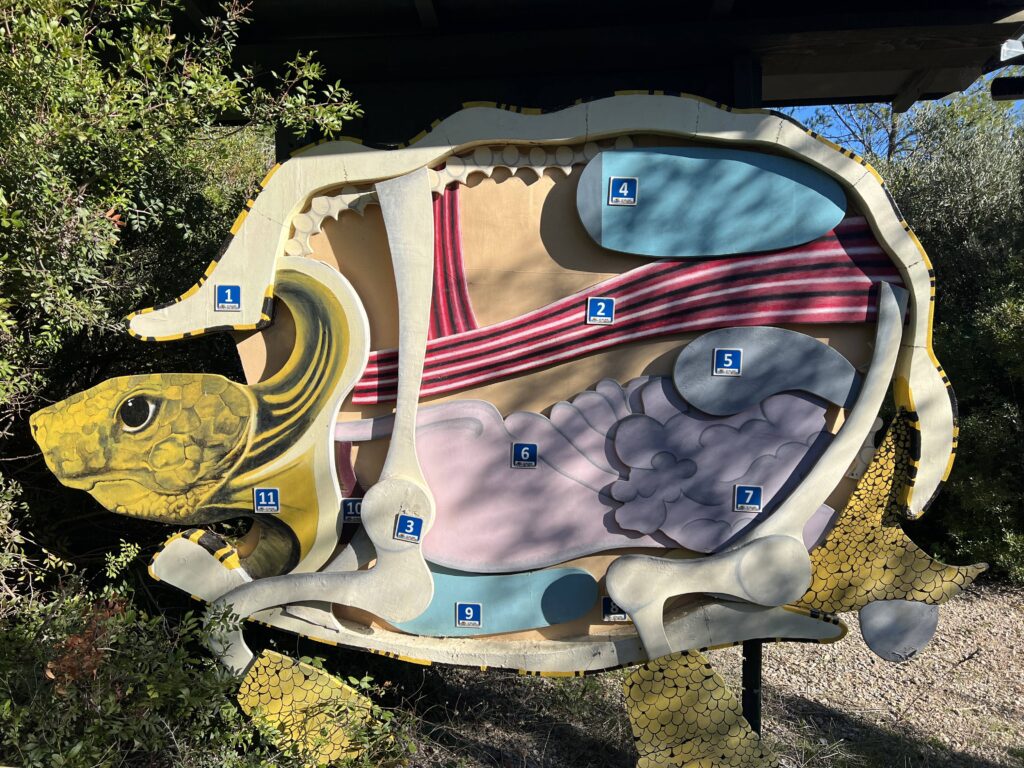
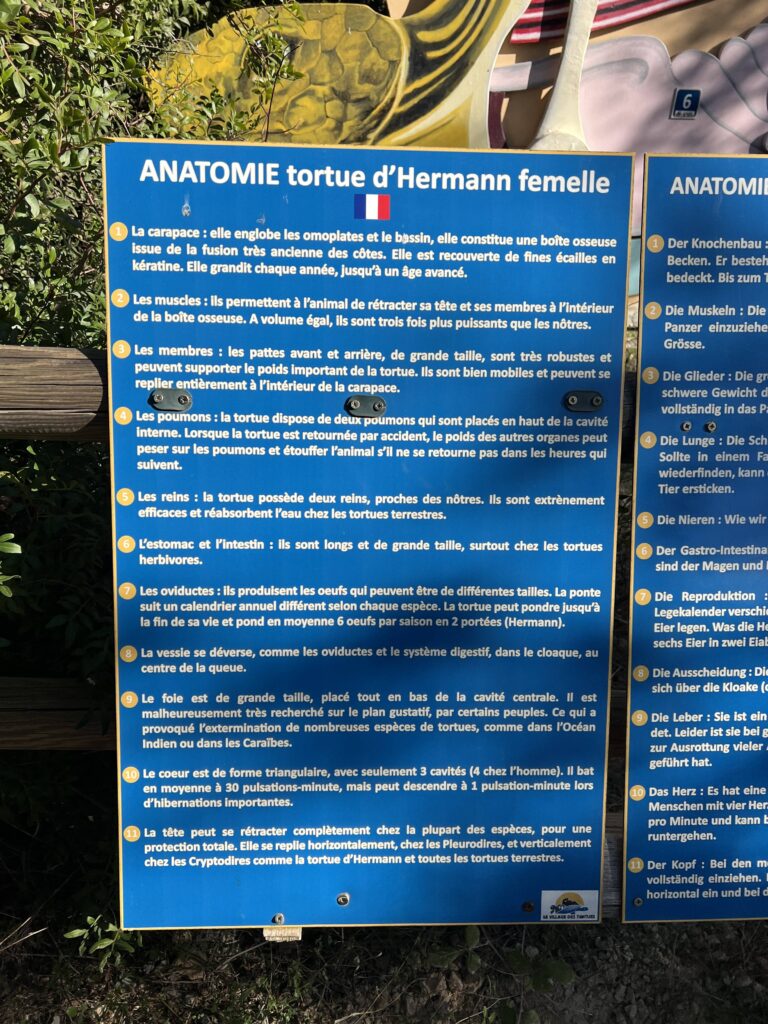
Another very bad habit: putting several turtles together.
In the wild turtles are solitary animals. They do not take kindly to other turtles and the few interactions they do have are for breeding purposes.
A female Herman tortoise can store a male’s seed for up to 5 years and lay eggs little by little. So there is no need to have an eager Mister Turtle around.
Especially as males are very violent and literally rape females every time they come across one. Once the eggs have been laid Mom returns to her duties.
Having a couple in an enclosure is therefore a total heresy. For one thing a Herman turtle needs several hectares to thrive and to survive. Madam Turtle will be constantly abused and injured and this mistreatment can lead to premature death. And above all a painful life.
That is why the center has just one message: NEVER buy a turtle. They are wild animals let them live in the wild.
Turtles do not belong in an aquarium or in a 2 m² box on a balcony! At home they are bound to be unhappy malnourished and unable to thrive.
Do not forget that a turtle can live for over 80 years… That is a long time especially when unhappy.
Adapting to the center
All turtles arriving at the center injured or not are quarantined. They are then placed in enclosures sorted by year of arrival. The pens are divided into two sections one for males and one for females.
This separation by year of arrival avoids any spread of disease that could decimate the park’s population.
Indeed as mentioned above turtles often arrive carrying diseases which can cause the death of another turtle in the months following arrival. At all costs we must avoid contaminating the older individuals who have survived this difficult period so they will never come into contact with turtles arriving in subsequent years.

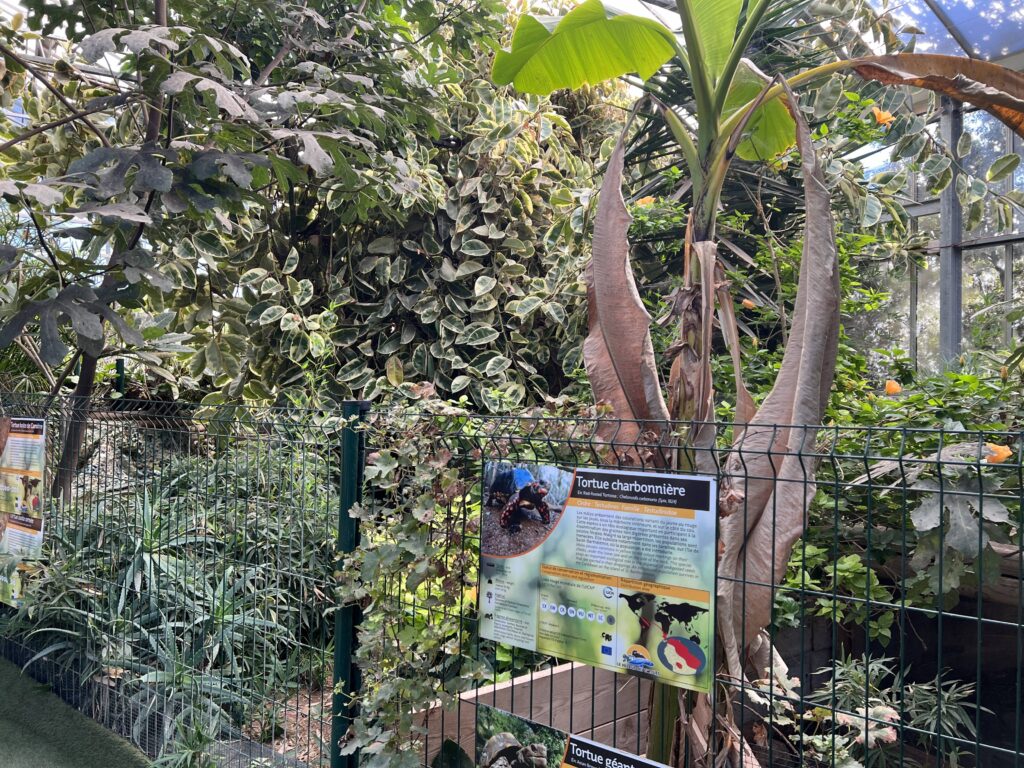

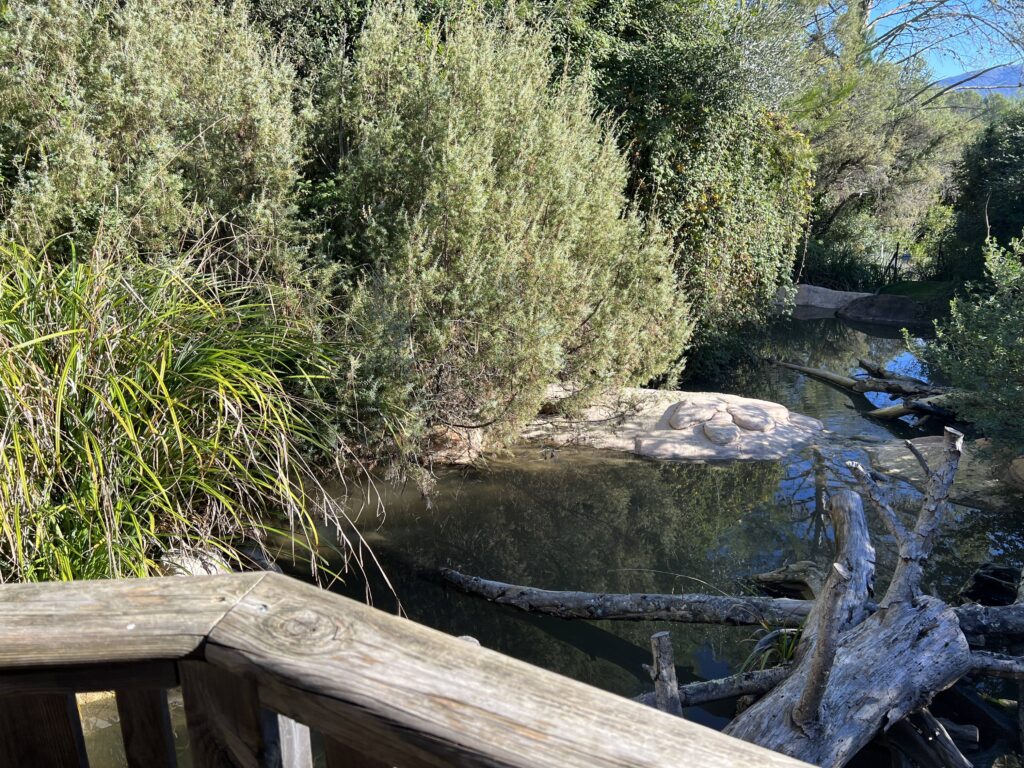
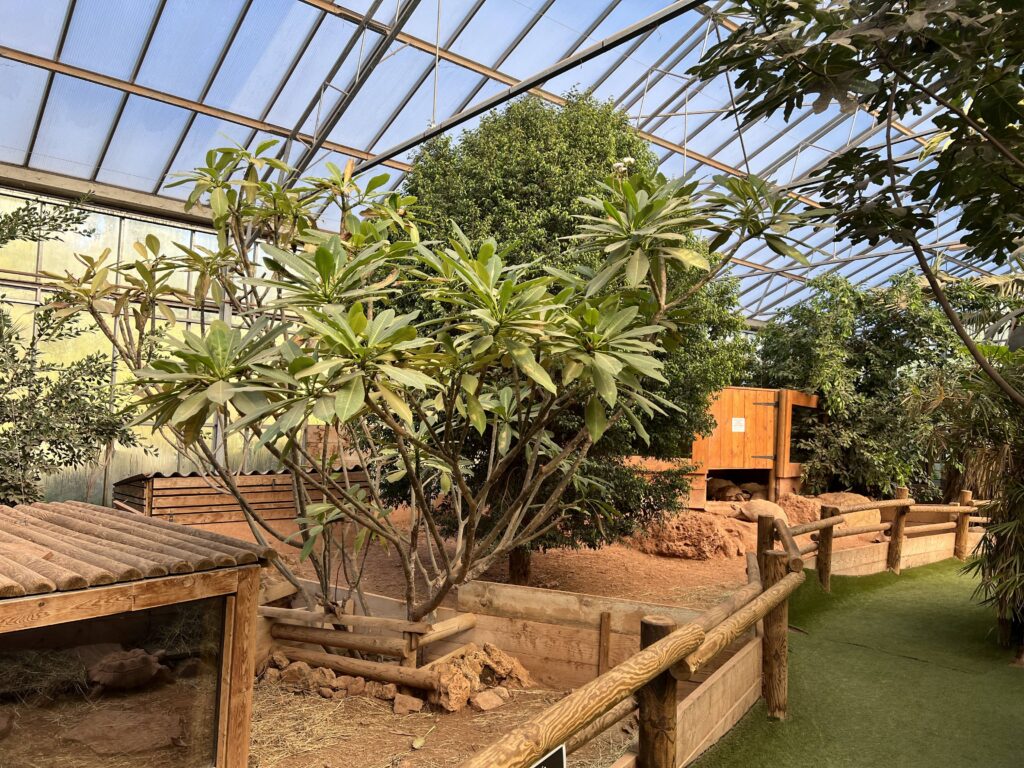
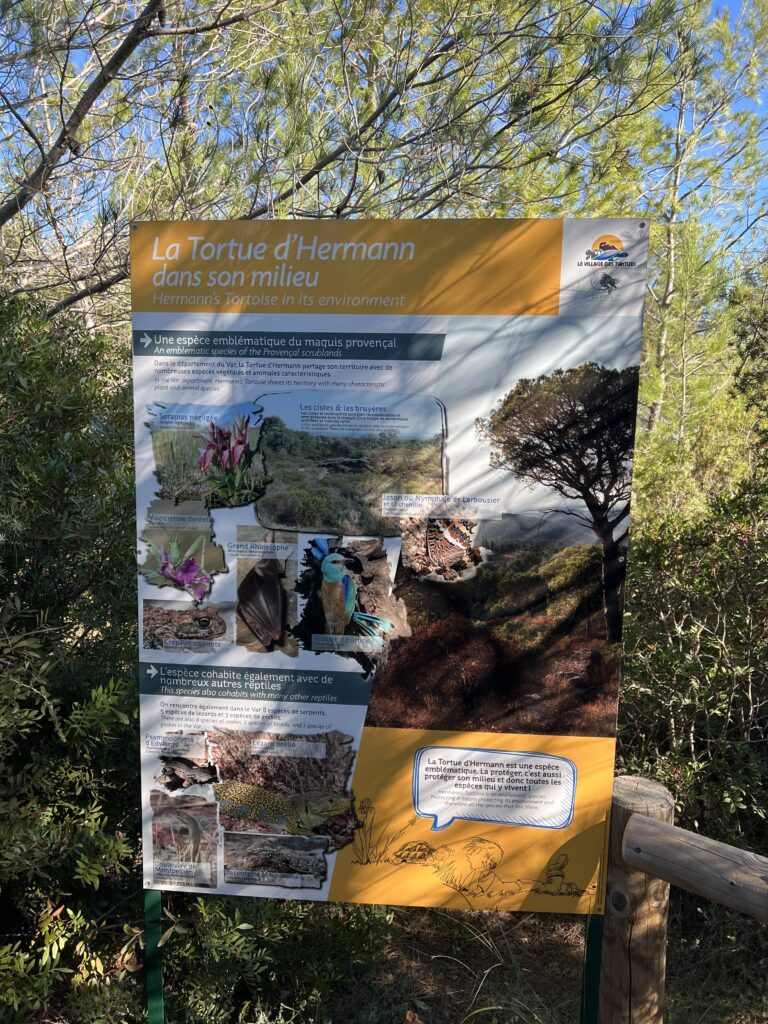
The turtles in the older boxes are quiet except in the case of incidents such as bites because let us not forget turtles do not like to live in groups.
But the boxes are large and everything is done to ensure that life in the community goes as smoothly as possible for each of these little shells.
Release into the wild
Whenever possible the turtles are released back into the wild. After fitting them with a beacon the teams follow them for several months on a very regular basis to ensure that they move around eat and find their feet.
This action particularly with the Herman turtle is helping to repopulate the region which has suffered many losses particularly due to fires.
But not all of them can be released. Because they are too used to bad food or to human hands.
The center has already seen turtles that slept in their owner’s bed or who never hibernated. They are therefore impossible to release back into the wild as they would literally starve themselves to death.
For these unfortunate turtles the park has two solutions:
- A closed park of several hectares where over 1600 individuals roam and live together as best as they can.
- Adoption by owners trained educated and sensitized by the center. This is not the preferred solution but unfortunately it is not possible to keep all the individuals at the center for lack of space and funds. But everything is done to ensure that these individuals placed with foster families can live their lives to the full.
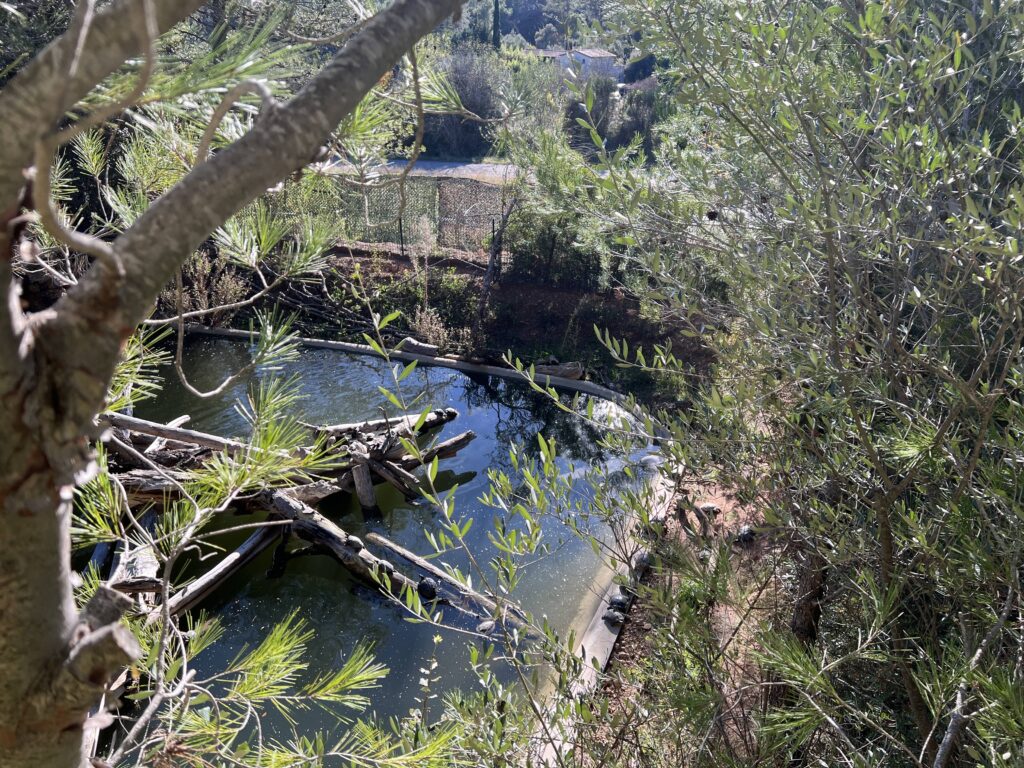
Sometimes neither solution is possible. Such is the case with these 20-year-old giant turtles from Aldabra (Seychelles). Sometimes injured or bred in captivity they cannot be released back into the wild on their island as they would not be able to survive.
The center does all it can to keep them happy, but with the biggest weighing 130 kg it is not easy. They need space and heat lamps, which are very expensive. These poor turtles cannot be released. They have at least 60 years to live in captivity…
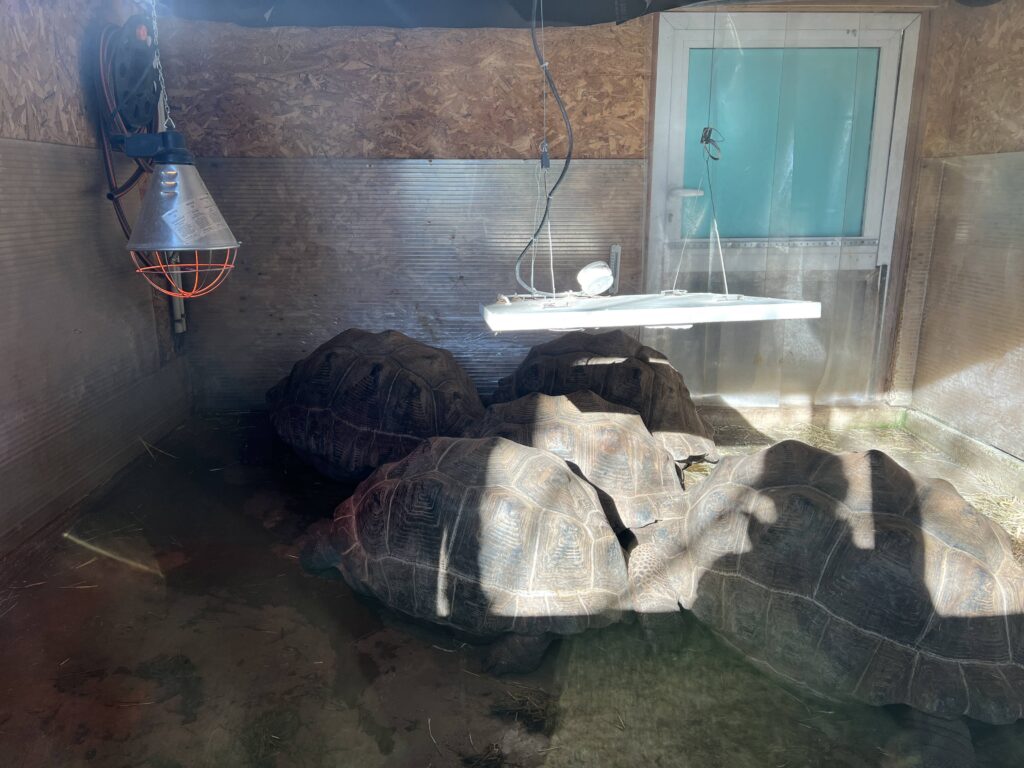
But sometimes the story is happier as with the turtles from Senegal. Recovered from private homes by the police or following the abandonment or death of their owners 30 were released back into their country of origin. Only one of the 30 turtles died which is quite an achievement even if the center would have preferred them all to survive.
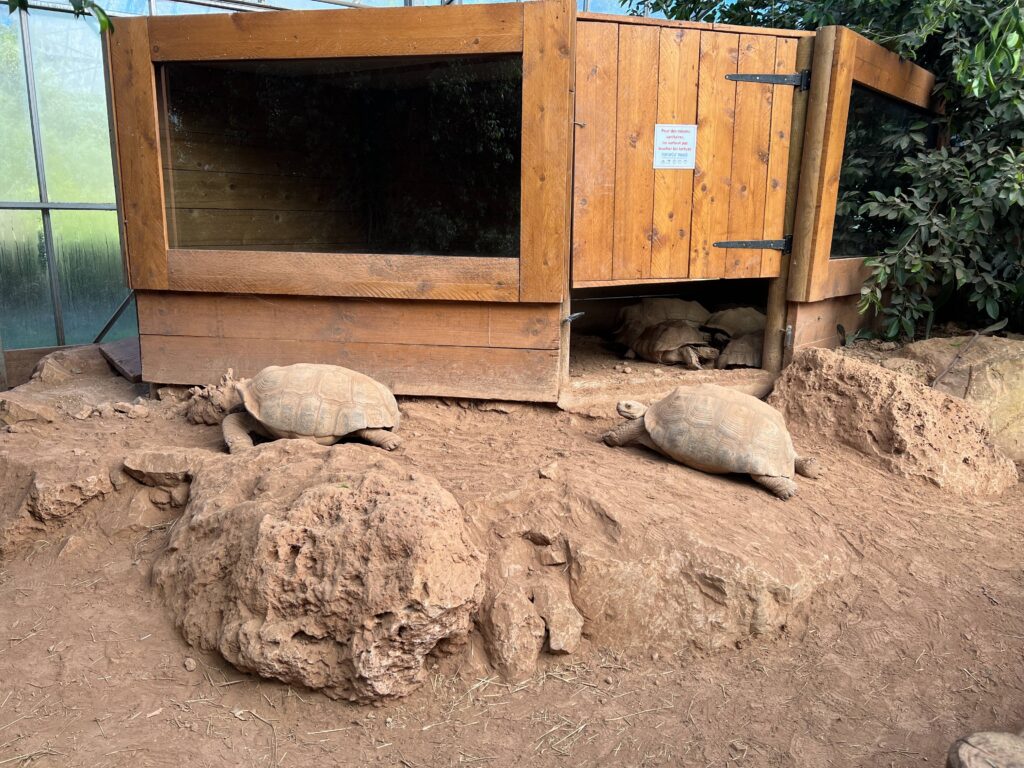
What should I do if I find a turtle in the wild?
The answer is simple: if she is not hurt do not touch her! It will live its own life.
If you see that the shell is broken or damaged or that the animal is injured do not make the mistake of taking it to the vet.
City vets generally do not have the resources to find out where a turtle has come from or how to treat it properly. In most cases the turtle will be euthanized immediately.
Contact associations such as Tortupôle or Centre Athenas to ensure that your turtle is cared for in the best possible conditions.
Nursery
The center houses a nursery where baby turtles of all species can grow up in complete safety.
Often recovered from private individuals who do not know what to do with them the wrigglers are then cared for fed and placed in boxes sorted by year and separated from adults to prevent them from being brutalized.
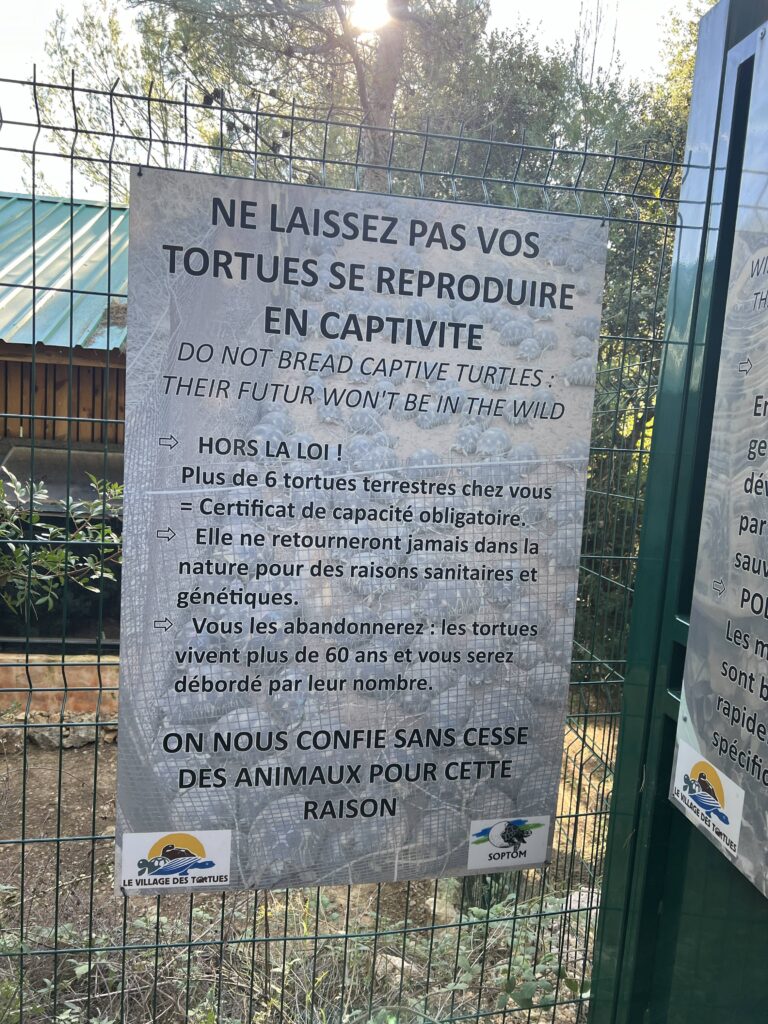
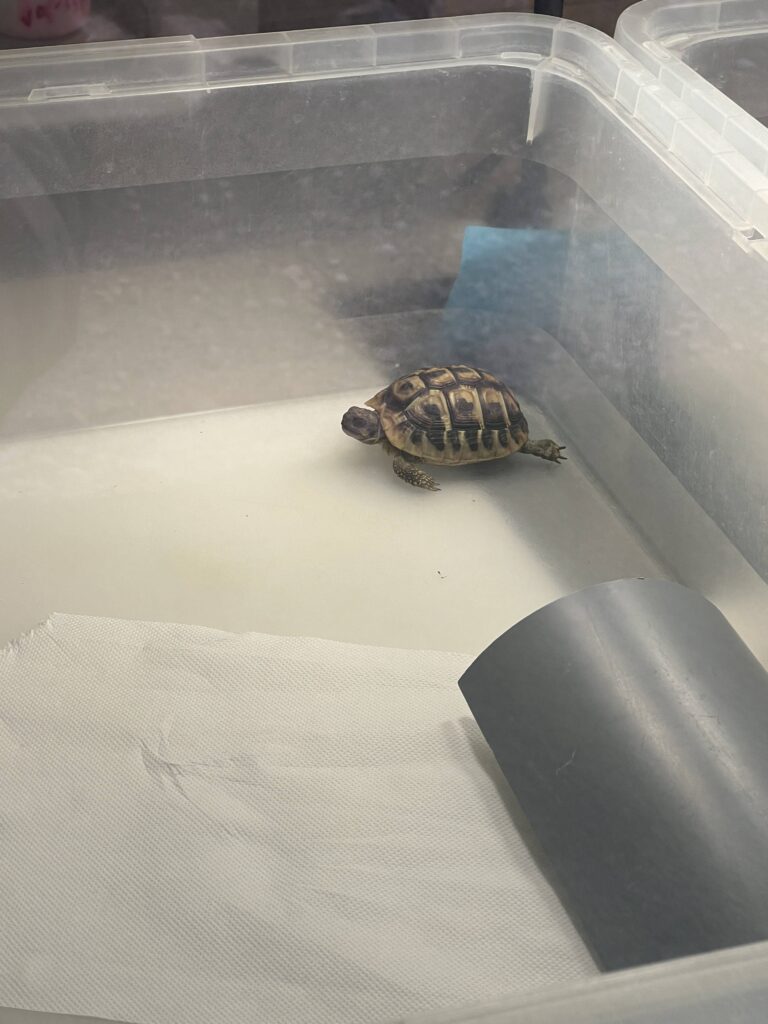
Chelonian University
The center offers technical training courses for both individuals and professionals (caretakers, care centers, etc.) wishing to discover or deepen their knowledge of chelonians.
What is a chelonian? Quite simply a chelonian is a reptile whose trunk is protected by a dorsal carapace and ventral plastron. This is the order to which our turtles belong whether sea or land.
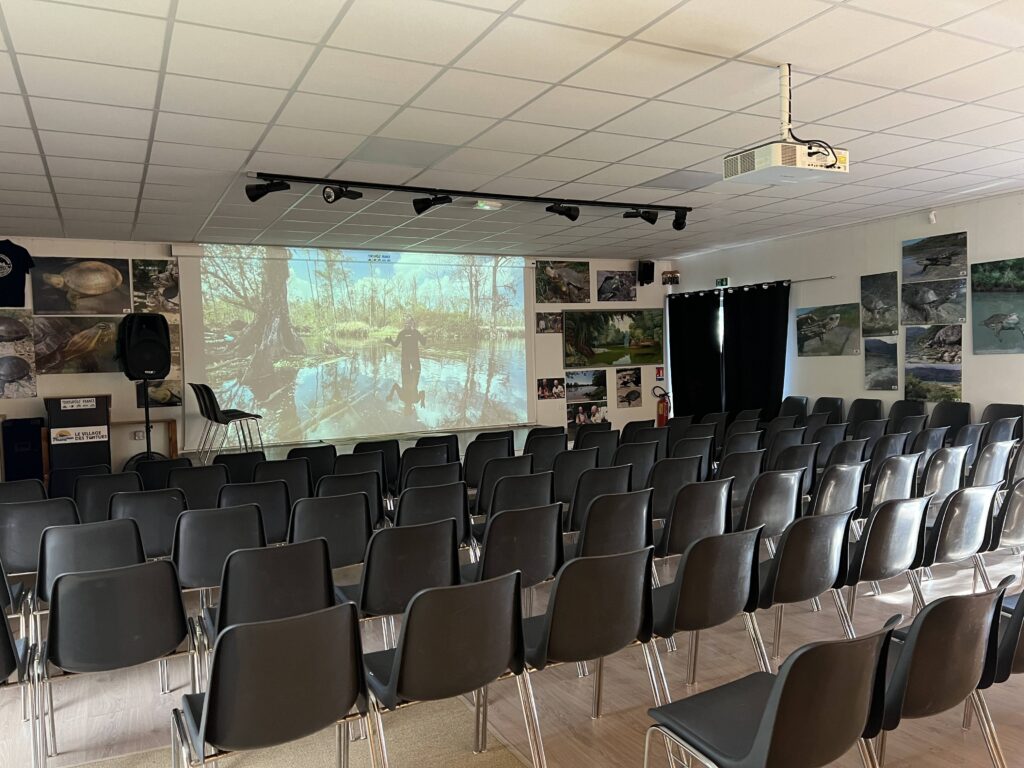
Led by zoologists and veterinarians this training course will enable you to acquire a certificate of competence and to get to know your animal. From biology to species differentiation you will have all the keys you need to ensure your turtle lives in the best possible conditions.
Turtleart Museum
The museum is brimming with objects each more incredible than the last. Over 6,000 representations of turtles whether as figurines works of art comic strips or even toys. A wonderful world for anyone who loves these little (or big) animals with shells!
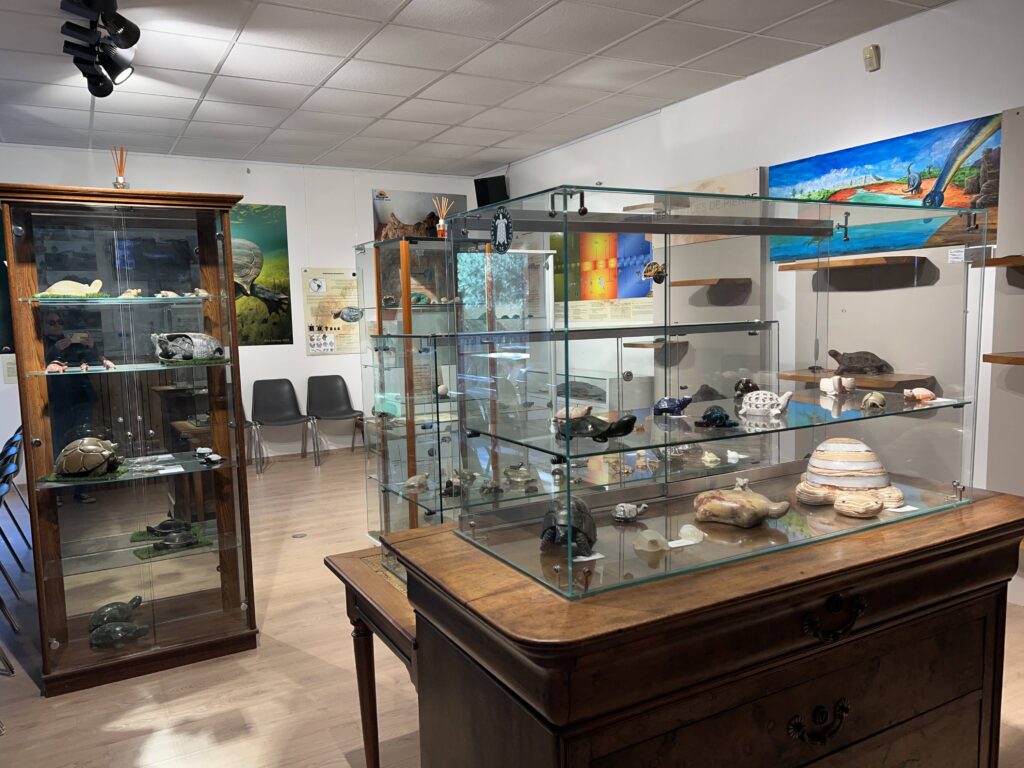

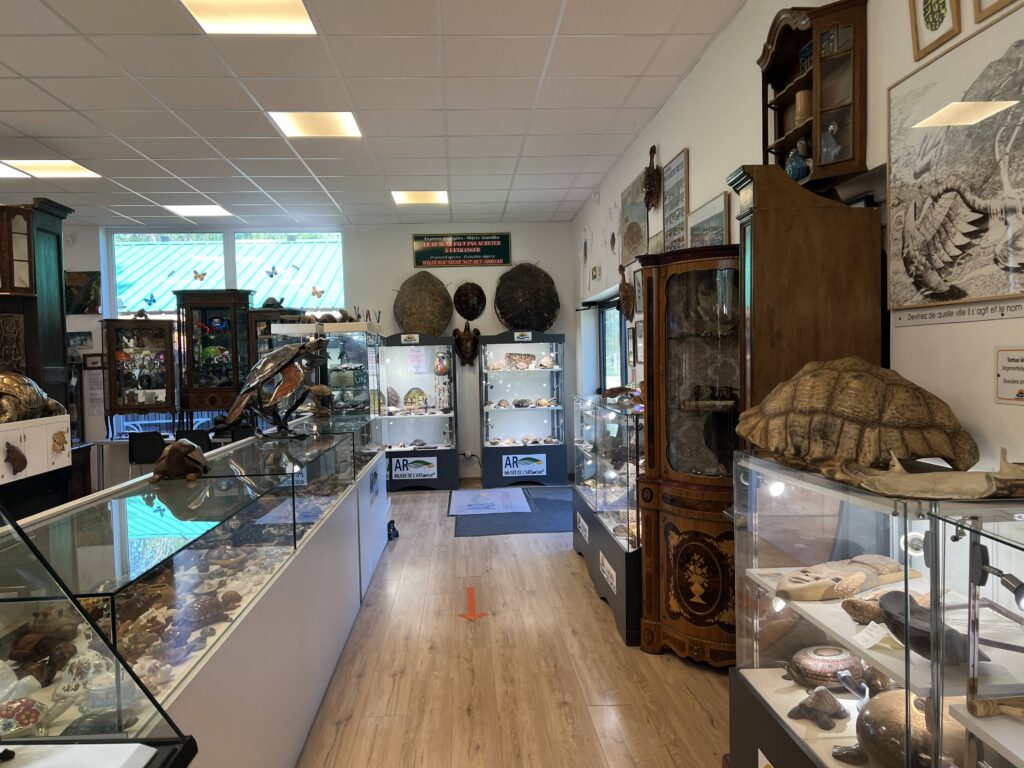
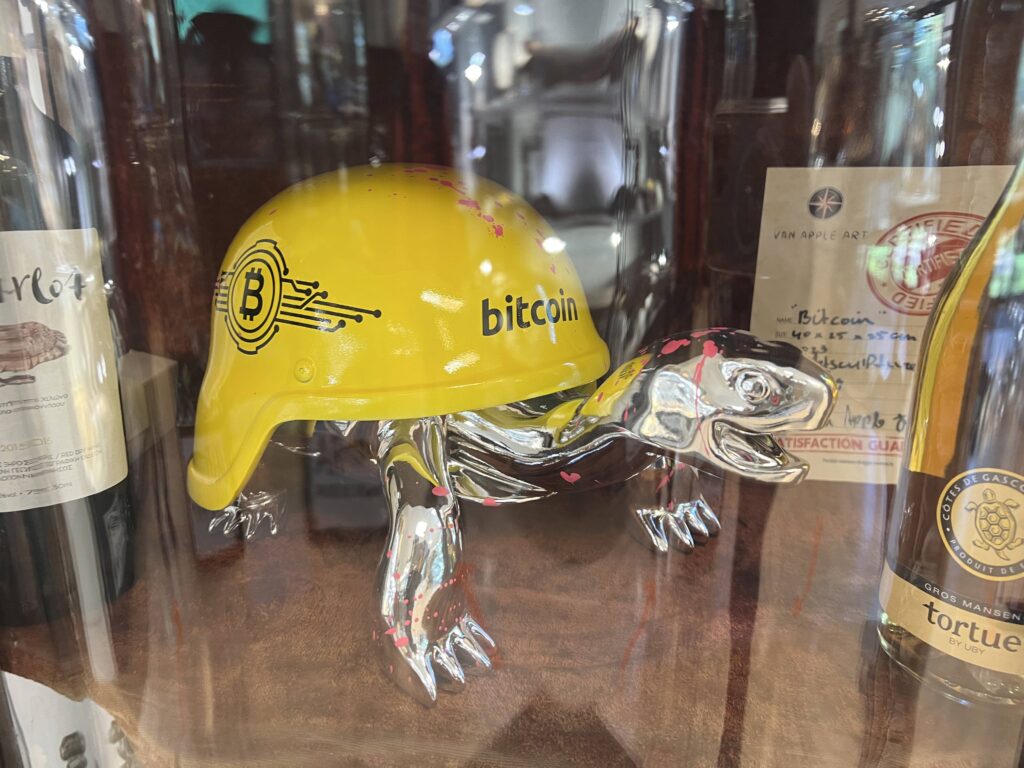
How can I help the center?
As you can see money is the lifeblood of the business.
Food is extremely expensive as are care materials medicines stall maintenance the greenhouse heating equipment and aquariums all of which put a strain on the park.
The first solution to help them is simple: visit the center!
The money raised from admission sales keeps the park going. So do not hesitate!
Open all year round from 10 a.m. to 5 p.m. during winter and from 10 a.m. to 6 p.m. from March 15. Every day of the year 7 days a week even on public holidays someone will be there to welcome you.
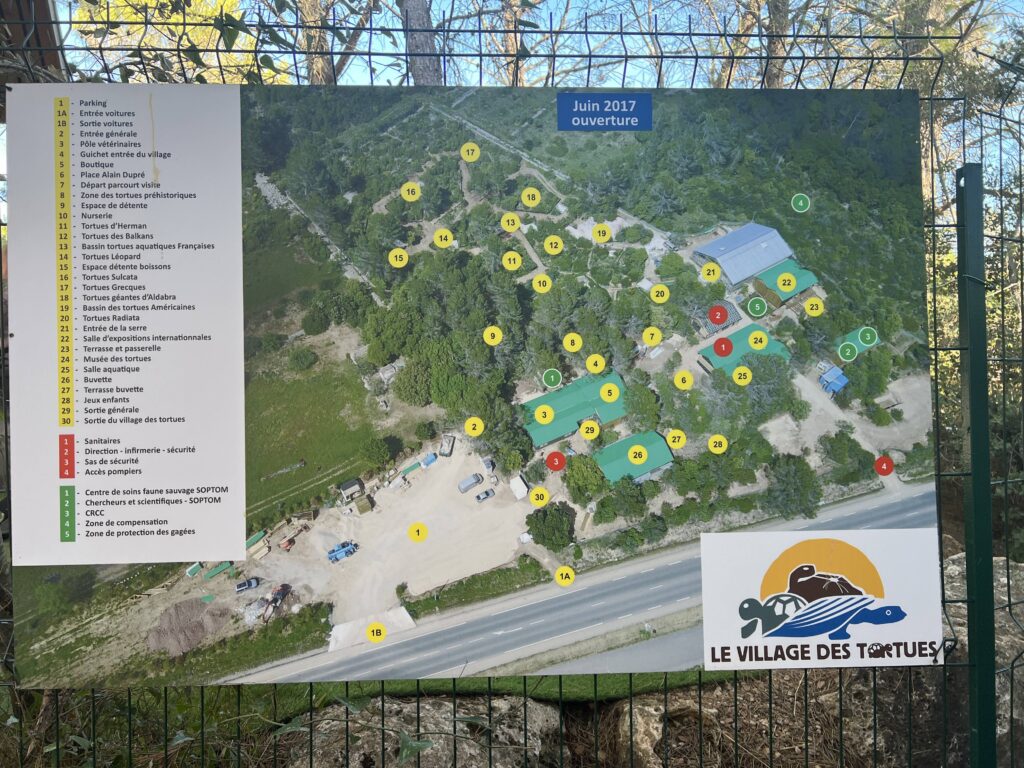
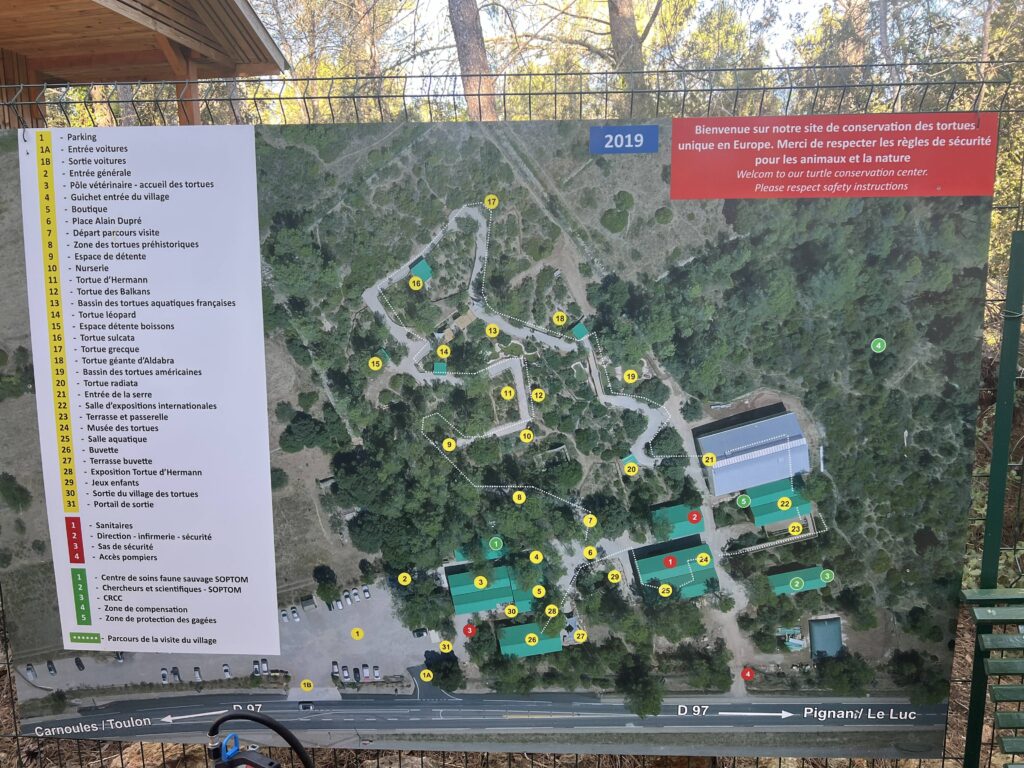
Admission is €15 per adult €10 per child (free for children under 3) and €14 for disabled visitors.
Catering is available on site and there is a children’s corner at the end of the tour where children can relax at the end of the visit.
The other way to help the center is by making a donation. You can do this directly by bank transfer. Full details are available on the website.
If you love turtles and want to do something good that will be useful and give strength to the center’s team do not hesitate for a second!
You can find Tortupôle on Facebook and Instagram so do not hesitate to say hello and encourage them – they need it!
Many thanks again to everyone who took part in the Halloween Honu sale on behalf of the center and the entire association team!

And thanks to Franck and Alik for your time kindness and hard work!
Let us not forget that we are not saving the world by saving an animal. But for this animal the world has changed.

